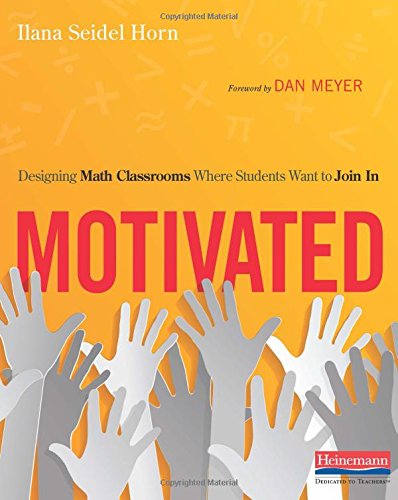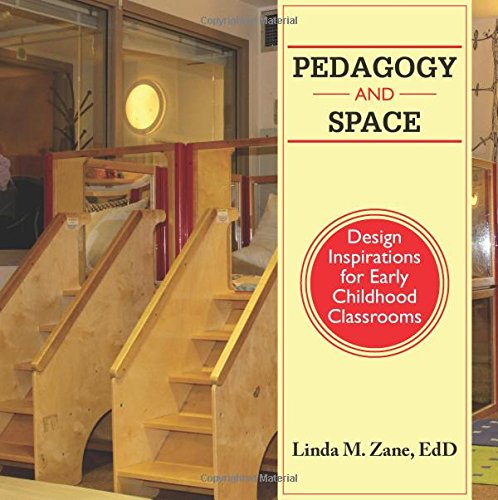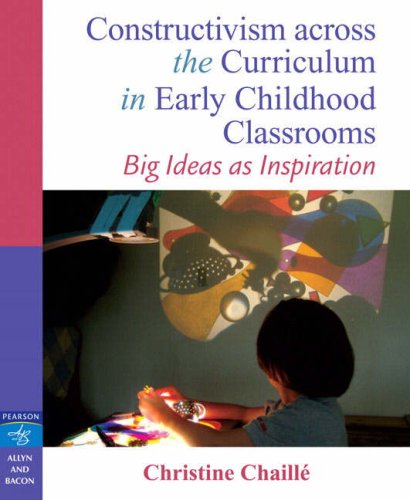
Do your math students offer one- or two-word responses in class?
Do your carefully planned lessons feel unsuccessful? “I’ve tried everything,” you think. “Shouldn’t math be a little more engaging?” Ilana Seidel Horn understands your frustration.
Participating in math class feels socially risky to students. Staying silent often feels safer. In Motivated, Ilana shows why certain teaching strategies create classroom climates where students want to join in.
Five factors of motivational math classrooms
She introduces six different math teachers, in a range of school settings, who found that motivation requires more than an interesting problem. Their experiences highlight five factors that lower the risks and raise the benefits of participation:
Belongingness comes from students’ frequent, pleasant interactions with their peers and teachers. Meaningfulness answers the question, “When are we going to use this?” Competence helps all students discover their mathematical strengths. Accountability inspires students to participate in classroom life. Autonomy produces learners with tools for making sense of their work and seeing it through.
These features of motivational math classrooms are explored in-depth. You’ll find suggestions for identifying what impedes each factor, along with strategies for weaving them into your instruction. You’ll also be introduced to an online community who support each other’s efforts to teach this way.
A guidebook for motivating math students
Motivated is a guidebook for teachers unsatisfied with questions met by silence. By examining what works in other classrooms and following the example of been-there teachers, you’ll start changing slumped shoulders and blank stares into energetic, engaged learners.


